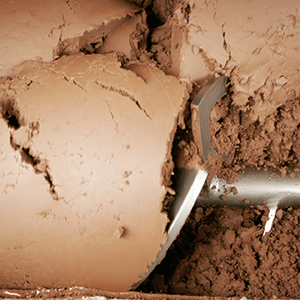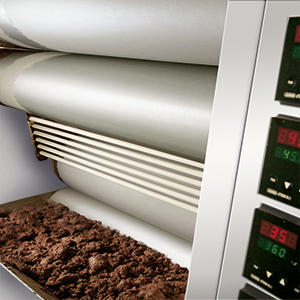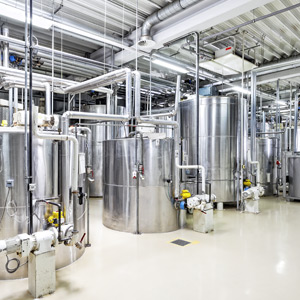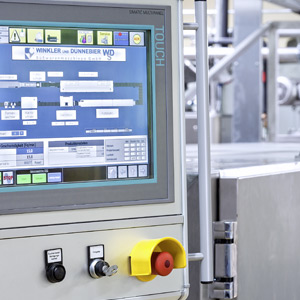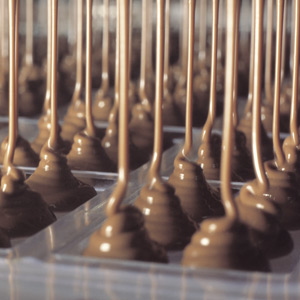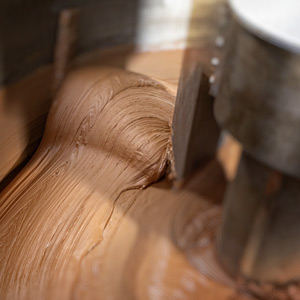
Conching
Via a conveyor belt, the now powdery raw mass enters the conche, a large container with an agitator and a water jacket in the outer wall. Depending on the recipe, the chocolate is conched for between six and 24 hours, during which time it heats up considerably due to the frictional energy arising and has to be cooled with the aid of the water jacket. During conching, the individual particles are coated with fat, which gives the chocolate its melting properties. In addition, the unwanted bitter substances are eliminated.
The history of chocolate
A cocoa-addicted Aztec ruler, a rough-talking botanist, and a resourceful English industrialist - all of them occupy a firmly established place in the history of chocolate. Find out here where chocolate comes from and how it found its way into our department stores (and hearts).
Find out more
From bean to cocoa
In the land of milk and honey, there would surely be entire avenues of chocolate trees too. In reality, unfortunately, it’s not as simple as planting a milk-chocolate-with-nuts tree or a dark-chocolate tree, and then harvesting them regularly. One particular tree, though, does play a prominent role in chocolate-making: the cacao tree.
